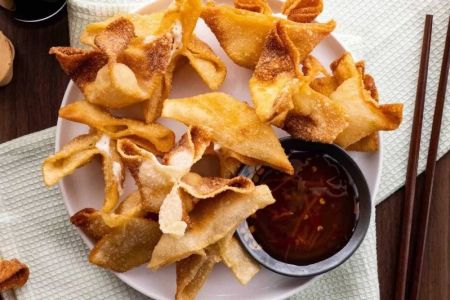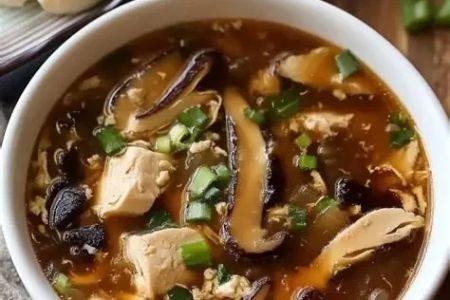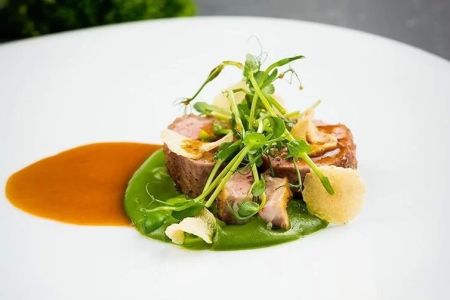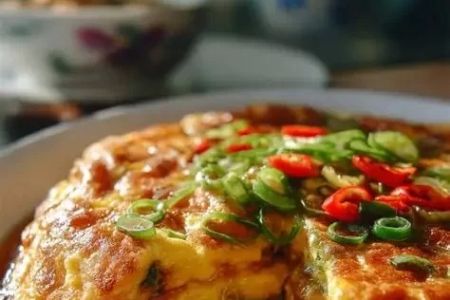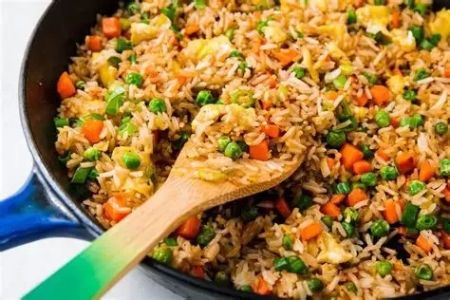The Evolution of Chinese Food in America: A Delicious Journey
Growing up, Chinese food was a staple in my family’s dining routine. I always associated it with comfort and warmth, whether it was the crispy crunch of egg rolls or the rich flavors of General Tso's chicken. But it wasn't until much later that I realized how much Chinese food in America has evolved and adapted since its early days. From the 19th century to today, Chinese food in America has undergone significant transformations, influenced by both cultural integration and regional preferences.
1. The Early Arrival of Chinese Immigrants and Their Cuisine
The story of Chinese food in America begins with the first wave of Chinese immigrants in the mid-1800s, many of whom arrived in California during the Gold Rush. Initially, they faced harsh discrimination, but they found a way to create a sense of community—and a way to survive—by opening restaurants that served traditional Chinese meals. These early Chinese immigrants were mostly from Guangdong province, and the food they brought with them was deeply rooted in Cantonese culinary traditions. The dishes they prepared were largely simple but flavorful, such as stir-fried vegetables, steamed fish, and noodle soups.
At the time, these dishes were unfamiliar to Americans, so the Chinese restaurants that started opening in places like San Francisco and New York had to adjust their cooking methods to cater to local tastes. Many dishes were adapted to be more palatable for American consumers, often making them sweeter, saltier, or richer than their traditional counterparts. This was the beginning of what we now know as "Americanized Chinese food."
2. The Birth of American Chinese Food: Adaptation and Innovation
By the early 20th century, Chinese food had firmly established itself in America, particularly in urban centers. However, during this time, the food underwent even further modifications to appeal to a broader audience. One of the most notable transformations during this period was the creation of dishes that were unfamiliar to China itself, but became beloved in the U.S. For example, sweet and sour chicken, fortune cookies, and chop suey are all quintessential American Chinese food staples that were either invented or heavily modified in the U.S. for the American palate.
While Chinese restaurants were initially seen as small, ethnic eateries, they quickly gained popularity, especially with the growing interest in exotic foods. Restaurants began to cater not only to the Chinese community but also to middle-class Americans looking for something different. For many Americans, these dishes became their introduction to Chinese cuisine, and many of the adaptations became so ingrained in the American culinary landscape that they’re now seen as staples, even though they don't exist in China in the same way.
3. The Rise of Chinese-American Dishes: A Fusion of Cultures
As Chinese food became more popular in the U.S., chefs began experimenting with ingredients and flavors, resulting in the fusion of Chinese and American tastes. One of the most famous examples of this fusion is General Tso's Chicken. This dish, which is essentially deep-fried chicken in a sweet and tangy sauce, was created in the 1970s by Chef Peng Chang-kuei, a Chinese immigrant in New York City. Though it’s now a staple of Chinese-American cuisine, it’s virtually unknown in China. The creation of dishes like this symbolizes the broader trend of Chinese-American culinary innovation.
Other fusion dishes that became wildly popular include orange chicken, Mongolian beef, and lo mein. While these dishes often bear little resemblance to traditional Chinese food, they reflect a unique American interpretation of Chinese cuisine, combining the original principles of Chinese cooking with local ingredients and cooking methods. As a result, the flavors were adapted to meet the preferences of American diners, especially in terms of sweetness, saltiness, and deep-frying techniques.
4. The Influence of Regional Chinese Cuisines on American Food Culture
As Chinese food continued to evolve in America, it was influenced by various regional Chinese cuisines. While Cantonese food dominated the early Chinese-American food scene, later waves of Chinese immigrants from other parts of China brought their regional specialties with them. For example, Sichuan cuisine, known for its bold and spicy flavors, gained popularity in the U.S. in the 1980s and 1990s. Today, Sichuan dishes like mapo tofu, dan dan noodles, and spicy hot pots are common in many Chinese restaurants across the U.S., reflecting the growing diversity of Chinese culinary offerings.
Similarly, Northern Chinese cuisine, with its emphasis on noodles and dumplings, became more prominent in recent decades, as foodies and adventurous eaters started exploring beyond the typical American Chinese menu. As a result, the American food landscape has become much more diverse, with authentic regional Chinese dishes now available in many cities, adding to the richness of the Chinese food scene.
5. The Modern Era of Chinese Food in America: A Focus on Authenticity
Over the past two decades, the demand for more authentic Chinese food has skyrocketed. As Americans have become more interested in international flavors, traditional Chinese dishes—often prepared with fresher ingredients and less reliance on MSG—have made their way into mainstream dining. When I first tried authentic Chinese cuisine at a local Sichuan restaurant, I was blown away by the complexity and depth of flavors compared to the more familiar Americanized versions of Chinese food.
Restaurants now cater to a more sophisticated palate, offering a wide range of regional Chinese cuisines, from the spicy, numbing heat of Sichuan peppercorns to the delicate flavors of Cantonese dim sum. The rise of food culture blogs and cooking shows dedicated to authentic Chinese food has also made it easier for Americans to learn about traditional Chinese recipes and cooking techniques. For example, dishes like Peking duck, Xiaolongbao (soup dumplings), and hot pot have become increasingly popular in the U.S., attracting a new generation of food lovers eager to explore the full range of Chinese culinary traditions.
6. The Future of Chinese Food in America
As Chinese food continues to evolve in America, it’s clear that the future holds exciting possibilities. More and more Americans are seeking authentic, high-quality Chinese dining experiences, and chefs are embracing innovation while still staying true to their roots. With a greater focus on sustainability, local ingredients, and healthier cooking techniques, I believe Chinese food will continue to be a driving force in the American culinary scene.
For me, the evolution of Chinese food in America has been a fascinating journey—one that has opened my eyes to the creativity, culture, and history behind each dish. Whether you're enjoying a classic American Chinese dish or exploring the flavors of regional Chinese cuisine, there’s no doubt that Chinese food in America will continue to evolve and captivate food lovers for generations to come.


